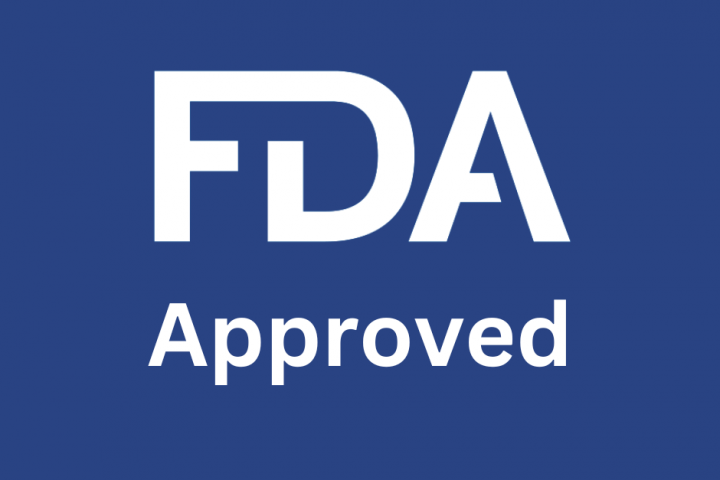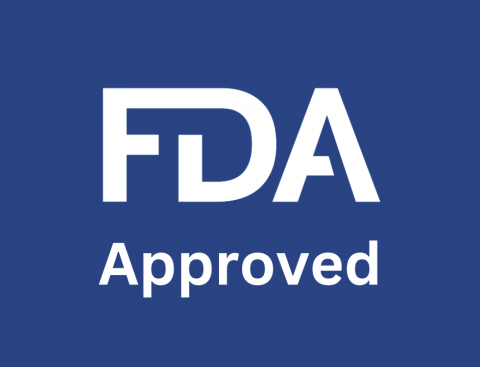By Dr. Chepsy Philip
Believer’s Church Medical College Hospital
Myeloproliferative – Chronic Myelomonocytic Leukemia (MP-CMML), a subset in the rare patient population of CMML, is associated with poor prognosis. Hydroxyurea (HY) is a reference treatment in this subset and is the standard of care in patients not eligible for an allogeneic transplant. Beyond hydroxyurea, the role of hypomethylating agents like decitabine have been identified as potential promising therapies in prior retrospective and non-randomized studies1,2.
The DACOTA trial, a phase III, two-arm, randomized, stratified, multicenter, open-label study which enrolled patients from France, Germany, and Italy, is the first randomized study comparing decitabine (DAC) with cytoreduction. The primary endpoint was event-free survival (EFS). Secondary endpoints were overall survival (OS), the cumulative incidence of AML, overall response rate, and complete response (CR) rate. All analyses, including response assessment, were performed on the intent-to-treat (ITT) principle. The study was designed to detect a ≥ 35% improvement in the 12-month EFS rate using the log-rank test in one of the arms (corresponding to a hazard ratio [HR] of 0.56) with an alpha risk of .05 and a power of 80% (two-sided test).
With a median follow-up of 17.5 months, 135 patients developed at least one event (68 and 67 in the DAC and HY arms, respectively. Median EFS was 12.1 months (95% CI, 8.9 to 19.9) in the DAC arm, compared with 10.3 months (95% CI, 6.7 to 17.9) in the HY arm. With a 17% reduction of the RR of death, transformation to AML, or disease progression (i.e., EFS) compared with HY, the DACOTA trial did not meet the primary end point3. Other observations included a superior overall response rate of 63% with DAC against HY (35%) (offset by increased toxicity notably of infectious or cardiovascular origin) which has a potential application of DAC as a bridge to transplant and needs to be systematically addressed further.
In summary, HY remains relevant in MP-CMML. No event-free or overall survival difference was observed in the trial among patients with advanced proliferative CMML treated with DAC compared with HY. Prospective randomized trials must consider the potential of the observed improvements in secondary outcomes.
- Braun T, Itzykson R, Renneville A, de Renzis B, Dreyfus F, Laribi K, et al. Molecular predictors of response to decitabine in advanced chronic myelomonocytic leukemia: a phase 2 trial. Blood. 2011 Oct 6;118(14):3824–31.
- A phase II, multicentre trial of decitabine in higher-risk chronic myelomonocytic leukemia – PubMed [Internet]. [cited 2023 Apr 22]. Available from: https://pubmed.ncbi.nlm.nih.gov/28607470/
- Itzykson R, Santini V, Thepot S, Ades L, Chaffaut C, Giagounidis A, et al. Decitabine Versus Hydroxyurea for Advanced Proliferative Chronic Myelomonocytic Leukemia: Results of a Randomized Phase III Trial Within the EMSCO Network. J Clin Oncol. 2023 Apr;41(10):1888–97.






